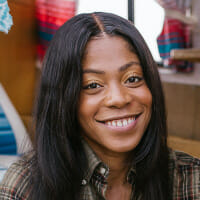Learn nursing anatomy and physiology online
with Jasmine Clark, PhD from Emory University and Darren Salmi, MD, MS from Stanford University
As every nursing intervention has the potential to affect the structure and functions of the human body, a robust understanding of anatomy and physiology is essential to providing safe, competent, and effective nursing care. However, the vast amount of information and the complexity of the human body can make this field particularly challenging.
This course covers all anatomy and physiology topics necessary for nursing students. Dr. Salmi from Stanford will walk you through the structures of the human body, organized by body systems. In the second half of the course, Dr. Clark from Emory University will teach you the key physiological processes of each system.
An adaptive learning algorithm, downloadable Cheat Sheets, and a NCLEX-style Qbank are part of the learning platform, boosting retention and understanding. By the end of this course, you will have a thorough understanding of anatomy and physiology, and feel ready to apply this knowledge in your exams, the NCLEX, and your future nursing practice.


















